 Instagram has grown over the past few years to become a hugely popular social media channel, and now Real Estate Agents are Enhancing Their Business with Instagram.
Instagram has grown over the past few years to become a hugely popular social media channel, and now Real Estate Agents are Enhancing Their Business with Instagram.
With engagement stats through the roof, it’s the go-to network for brands who want to use visual stimuli to attract their audience. That’s exactly why it’s perfect for real estate professionals. After all, what better way to promote a listing than with some beautiful pictures?
Although initially seeming simple, however, Instagram can be a cruel companion to its unexperienced business users. We’ve produced this short guide to teach you the ins-and-outs of Instagram. Take these tips on board to start getting your brand the online attention it deserves.
So, what’s a hashtag?
It’s always good to start with the basics. A hashtag is a phrase made up of words, letters, numbers (and even the occasional emoji), preceded by the hash symbol – #.
Hashtags are used on Instagram as a sort of filing system, as they serve to categorise user content. If you see a post with #happyfriday on it and you want to browse similar posts, you can click on this hashtag. This will take you to a feed packed with the other most recent posts that included this hashtag, too.
If you add in a hashtag to your post, it’ll make it visible for anyone who’s searching that particular hashtag.
Why should I include hashtags in my post?
Users search for hashtags based on their interests. By adding relevant hashtags into your post, you’ll be able to immediately get your brand in front of your target audience.
Adding in hashtags makes your business profile more discoverable on Instagram, driving more traffic to your profile page and inevitably resulting in generating more followers.
Although social media marketing is a combination of art and science, this aspect can be brought down to a numbers game. Posts that include at least 1 hashtag are – on average – 12.6% more likely to attract audience interaction.
How do I add a hashtag into my Instagram post?
You can pop a hashtag into your post as both a caption and a comment. As long as your account isn’t private, adding a hashtag will make your post discoverable on the relevant hashtag page.
You can add a hashtag by doing the following:
- 1) Upload or take a photo or video
- 2) Decide on a filter (if any), then type # plus your desired text in the caption field
- 3) Hit OK
- 4) Choose SHARE
If you’ve already made the post, don’t worry. By clicking the 3 vertical dots in the top right of a post, you can click edit and add the hashtags in retrospectively. You can also hit the speech bubble under your post and add your hashtags in as comments.
How do I know which hashtags to use for my brand?
The hashtags you use will be dependent on the business space you work within. For real estate, you’ll want your hashtags to be based around topics like property listings, housing, and city attractions, to name a few.
If you’re looking to discover hashtags that’ll work for your business, the following steps will help:
1) Go with what your influencers are using
Take a look at the types of hashtags that prominent thought leaders in your industry are using and follow their lead.
2) Snoop on your competitors
Competitor observation is a great way to learn the do’s and don’ts of social media marketing. Take a look at some of their posts that have gotten high engagement and make notes of the hashtags they used.
3) Take a look at related hashtags
If you have hashtags that are already working for you, see if there are any others that are commonly used alongside it. If so, they could be worth checking out also.
Below is a list of commonly used hashtags for real estate:
Real estate hashtags
#RealEstate
#ForSale
#NewHome
#HouseHunting
#MillionDollarListing
#HomeSale
#HomesForSale
#Property
#Properties
#Investment
#Home
#Housing
#Listing
#HomeInspection
#OpenHome
#Renovated
#JustListed
#JustSold
#JustRented
Branding hashtags
#YourName e.g. #JohnSellaot
#YourOfficeName e.g. #ABCRealEstate
Event hashtags
#OpenHome e.g. #JohnsOpenHome
#RealEstateConference e.g. #AREC2016
Bonus hashtags
Use creatively worded hashtags to find tweets from potential clients who might want to buy or sell a home. Here are a few additional hashtags to consider.
#WantToMove
#HateMyHouse
#BuyMyHouse
4) Make the most of Instagram search
By using the search function for a brand keyword, like ‘real estate’, you can select the ‘tags’ tab to get a list of associated hashtags. Bear in mind that while a load of posts on one hashtag means you have potential to get some serious views, it can also mean your post gets buried pretty quickly. For that reason, it’s good to pair popular hashtags with more niche ones.
How many hashtags should I be using?
Sure, hashtags are a great way to connect with a new audience, but that doesn’t mean every post should have 40 of them. It is, however, good to include several.
One study from TrackMaven found that posts with 4-5 hashtags in them generated an average of 22 interactions, whereas posts with no hashtags only received an average of 14.
Targeting the most popular hashtags might get you quick followers, but it’s likely to just be a vanity number. These people probably won’t engage with your brand as there’s a high chance they’ll be spammers or just looking for a follow-back. For this reason, you should let the content in your posts define which hashtags you go for.
Should I be using brand hashtags?
These are unique hashtags that are specific to your brand or the campaign you’re currently running. If you’re looking to produce a showcase of your company, brand hashtags are well worth investigating.
By encouraging your audience to use your brand hashtag in their posts, you can easily stay in touch with your fans and drive engagement. If you’re running competitions too, it’s also a great way to keep tabs on who’s entered.
If you’re still struggling to gain followers on Instagram, check out our Essential Guide to Getting more Instagram followers as well as our 5 Easy Ways to Grow Your Instagram Following in 2016.
For more helpful real estate tips and information like this, check out our blog. You can also follow us on Facebook.
At iProperty, we provide leading online property management and real estate software iDashboard as well as responsive websites, and more.


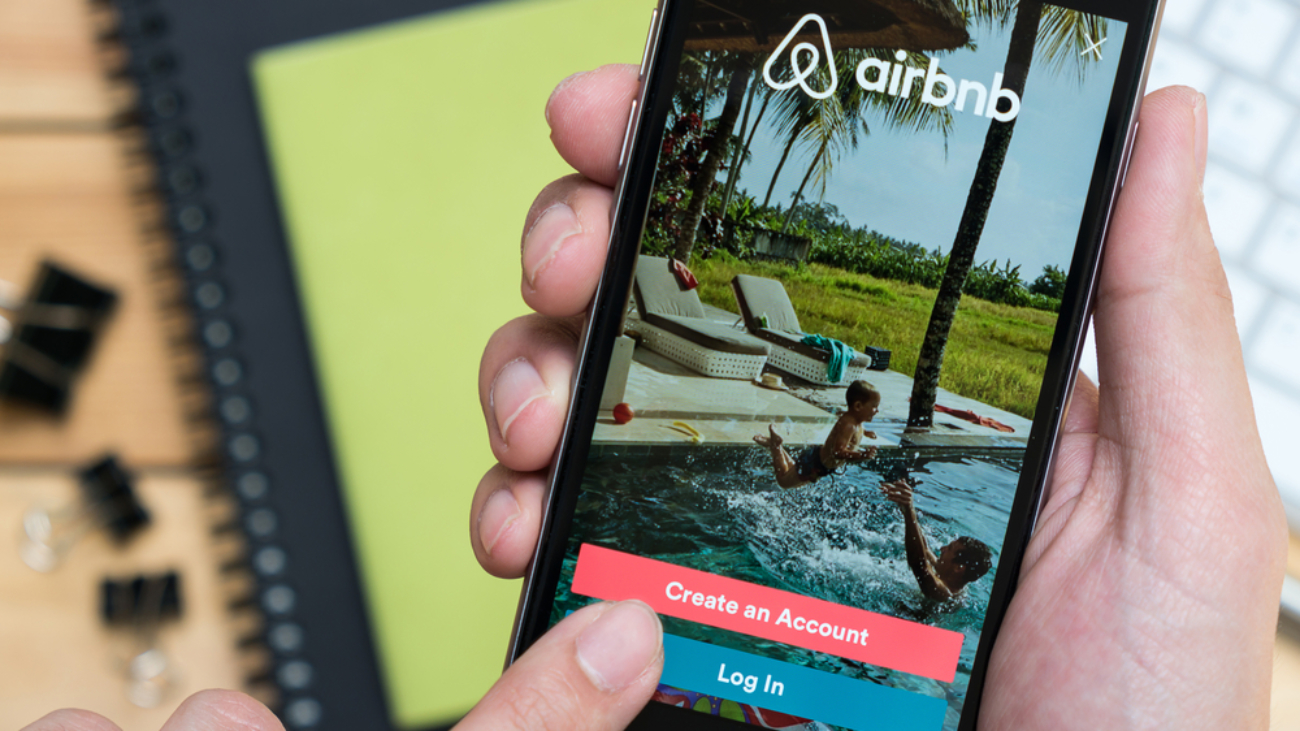
 In a recent partnership with a large listings advertiser,
In a recent partnership with a large listings advertiser, 
 Successful content marketing is not what it used to be. The days of magazine ads, billboards, and catch phrases are over. Say hello to targeting the right media platforms and specifying information to the nth degree, all whilst being funny, engaging, and attractive.
Successful content marketing is not what it used to be. The days of magazine ads, billboards, and catch phrases are over. Say hello to targeting the right media platforms and specifying information to the nth degree, all whilst being funny, engaging, and attractive.
 Here at iDashboard, we know that snapping the right photos is an integral part of any successful property listing. Getting your pictures just right, however, isn’t always easy. To help boost your photography skills, we’ve created a list of the top 9 tips straight from
Here at iDashboard, we know that snapping the right photos is an integral part of any successful property listing. Getting your pictures just right, however, isn’t always easy. To help boost your photography skills, we’ve created a list of the top 9 tips straight from 
 Barnett Real Estate was leaving an international franchise group and came to iProperty looking to provide their new company with a modern & responsive website design, incorporating the branding and colours of their new company.
Barnett Real Estate was leaving an international franchise group and came to iProperty looking to provide their new company with a modern & responsive website design, incorporating the branding and colours of their new company.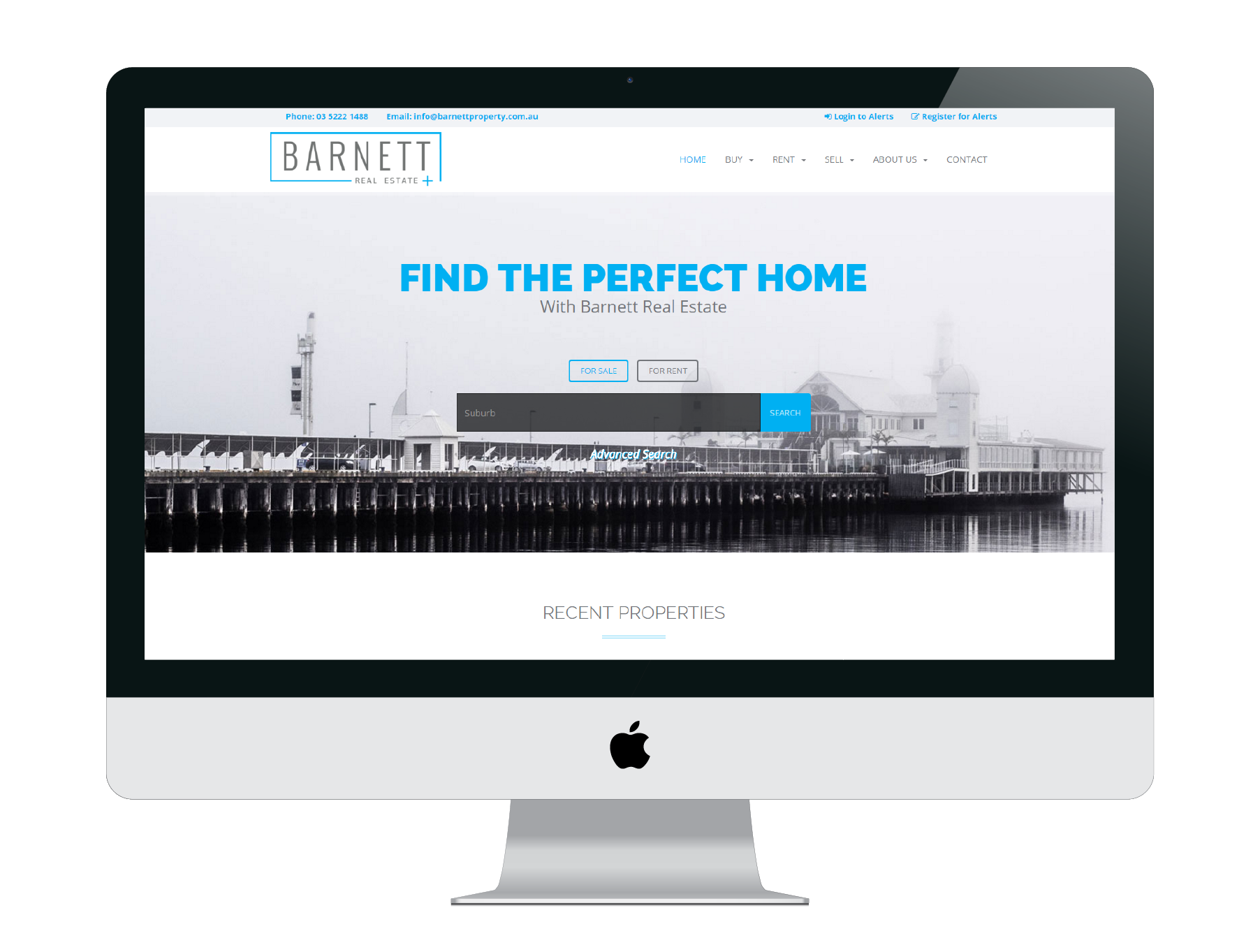
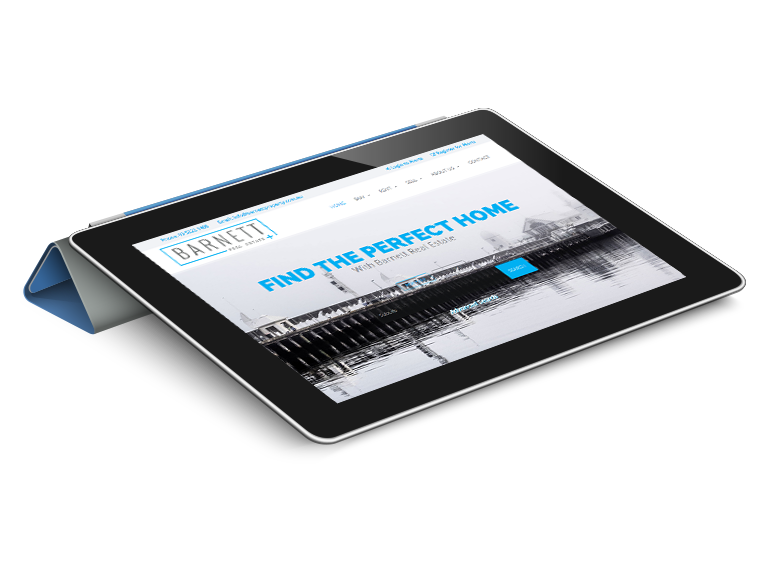

 More often than not, the real estate agencies that win the most clients are the agencies using the most creative tactics.
More often than not, the real estate agencies that win the most clients are the agencies using the most creative tactics.
 An Open House event can be one of the most crucial make or breaks of any real estate sales process. By making sure you maximise the opportunity from these events, you’ll be able to make the most of the buyer market and bring in more competitive offers.
An Open House event can be one of the most crucial make or breaks of any real estate sales process. By making sure you maximise the opportunity from these events, you’ll be able to make the most of the buyer market and bring in more competitive offers.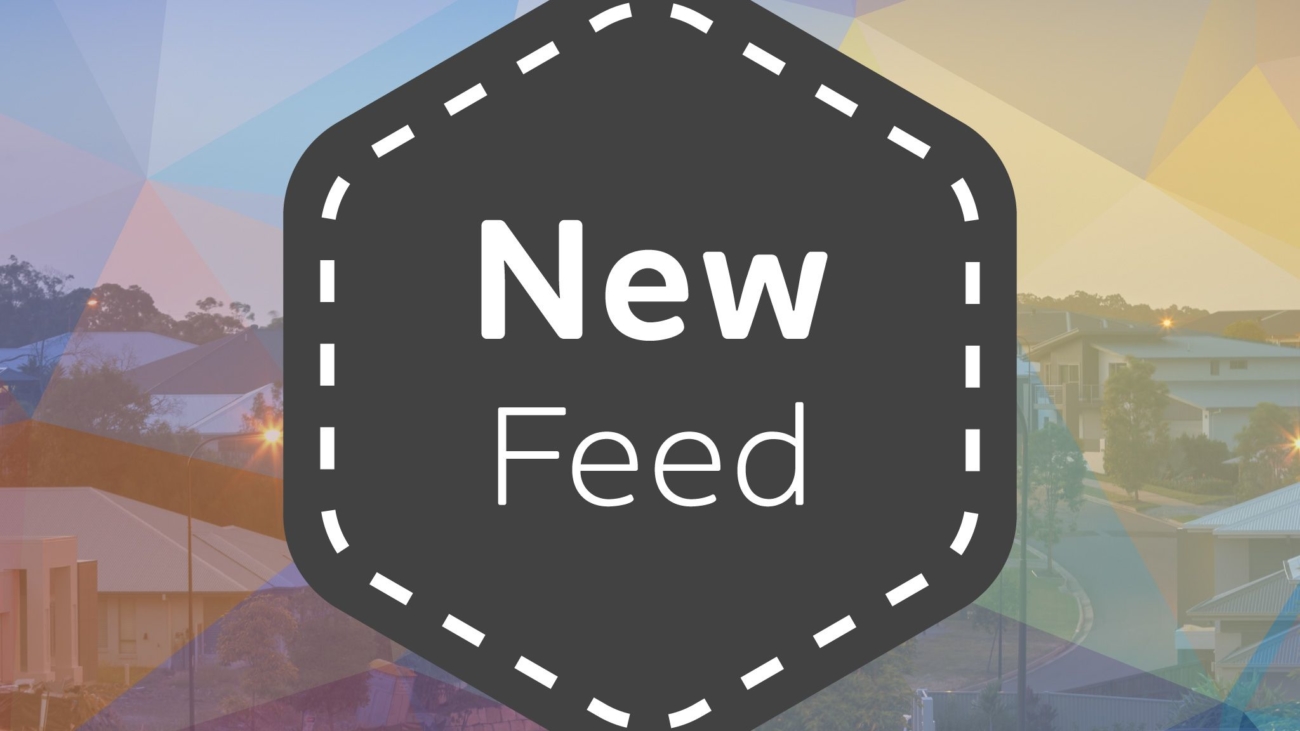
 iDashboard welcomes
iDashboard welcomes 

 When the primary focus is sell, sell, sell, don’t forget about the data your real estate agency already has.
When the primary focus is sell, sell, sell, don’t forget about the data your real estate agency already has.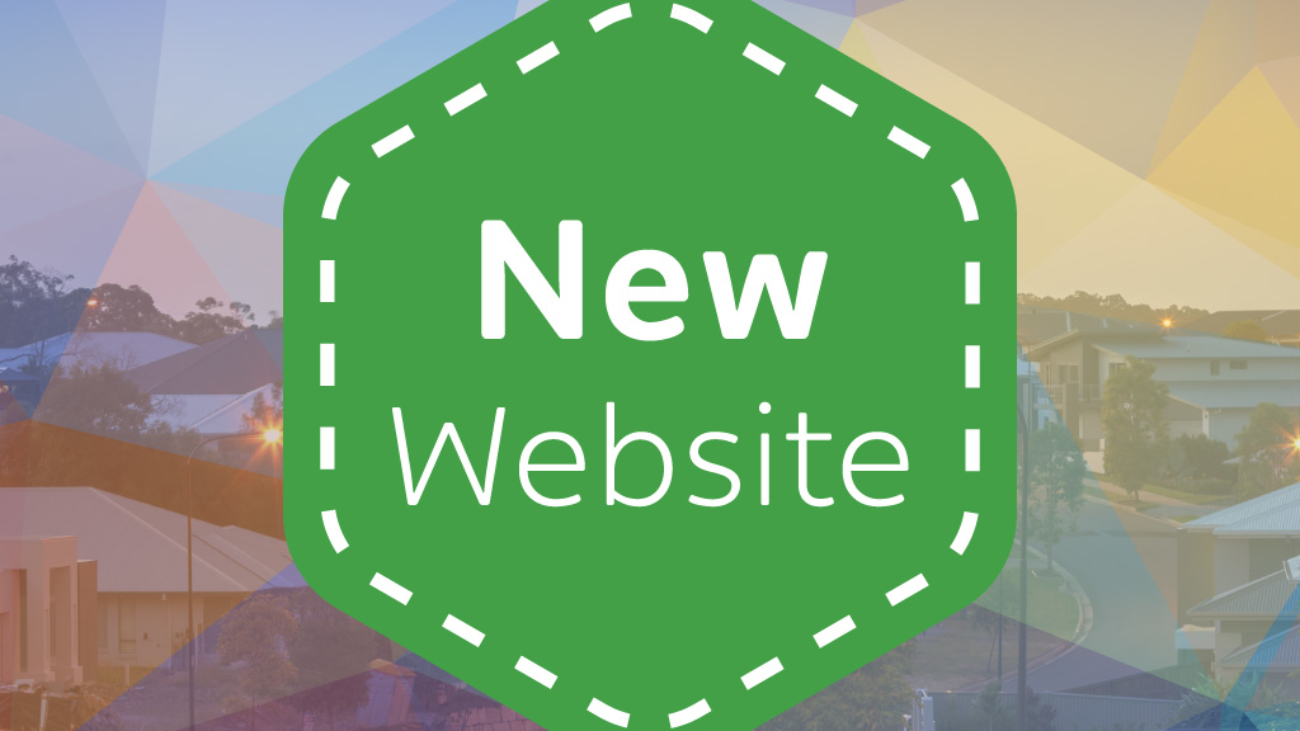
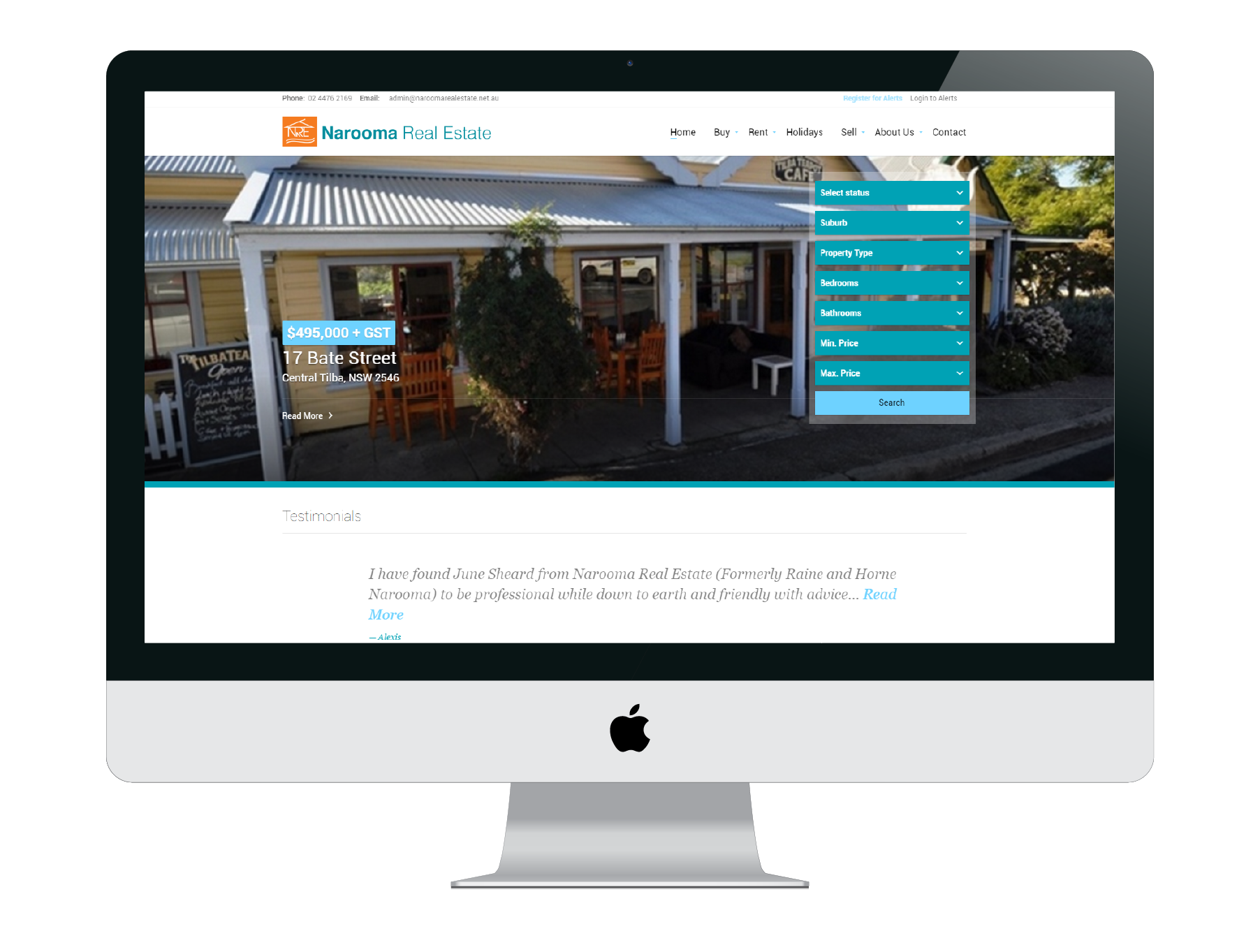
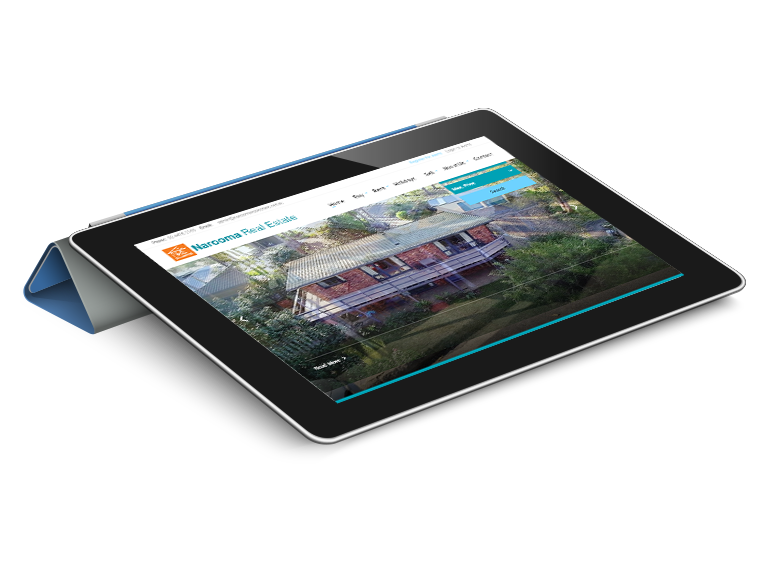
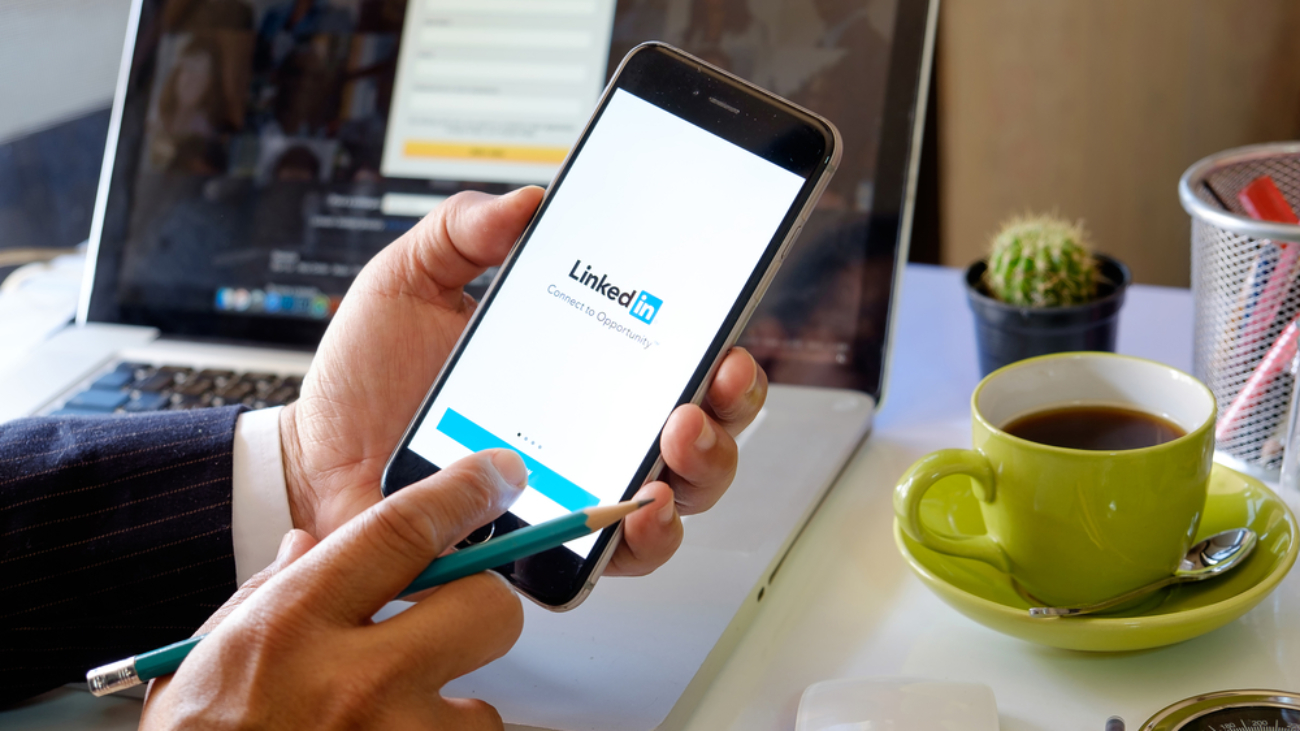
 When compared to the other social platforms available,
When compared to the other social platforms available,